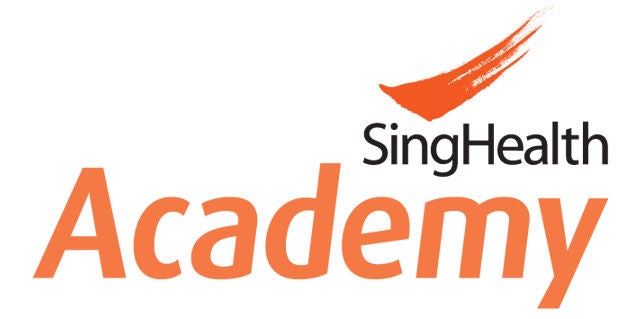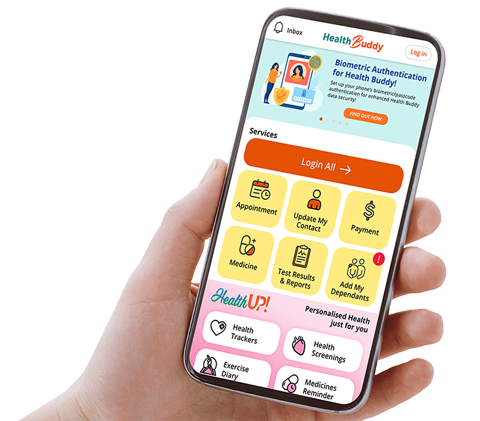SingHealth Academy will NEVER ask you to transfer money over a call. If in doubt, call the 24/7 ScamShield helpline at 1799, or visit the ScamShield website at www.scamshield.gov.sg.
Non-English translations are machine-generated; verify independently for
potential
inaccuracies.
Surgical PREhabilitation for comprehensive Enhanced recovery SUPREME
Synonym(s):
SUrgical PREhabilitation for coMprehensive Enhanced recovery (SUPREME)
Track Type: Symposium | Date: 20 October 2023, Friday| Time: 1205 - 1220 | Speaker: Assoc Prof Frederick Koh Hong Xiang
Sarcopenia is defined as the progressive loss of muscle architecture, function, strength, mass, and diminished regenerative capacity. The prevalence of sarcopenia in our community has been increasingly studied. Locally, studies report 25% - 32% of hospitalised patients suffer from sarcopenia. These data highlight that sarcopenia is a prevalent disease entity that may be previously under-recognised, and therefore, under-diagnosed. Sarcopenia represents a major risk factor for adverse events associated with frailty and immobility. Several lines of evidence link muscle loss with delayed recovery from illnesses, slowed wound healing, decreased cancer-specific survival and increased surgical mortality.
Older patients are at high risk of sarcopenia, due to their advanced age and resulting in lean muscle loss. These patients, having sarcopenia, would be at increased risk of surgical morbidity and thus, poorer outcomes with therapy, particularly the acute stress of surgery. Thus, addressing sarcopenia in older patients undergoing major surgery is even more important to ensuring reduced post-operative morbidity and effect on quality-of-life (QoL).
Multimodal prehabilitation with tracking of muscle quality before and during prehabilitation is still lacking in strong evidence but presents as a potentially effective and personalised method of surgical preparation for a vulnerable cohort. SKH has adopted a coordinator-led, multidisciplinary, multimodal prehabilitation programme – Surgical Prehabilitation for Comprehensive and Enhanced Recovery (SUPREME) – since 2020. Today, we review the principles behind the programme, implementation strategies and highlight how effective collaboration can translate to efficacious surgical optimisation for our patients.
Stay Healthy With
10 Hospital Boulevard, #19-01 SingHealth Tower Singapore 168582
© 2025 SingHealth Group. All Rights Reserved.
















